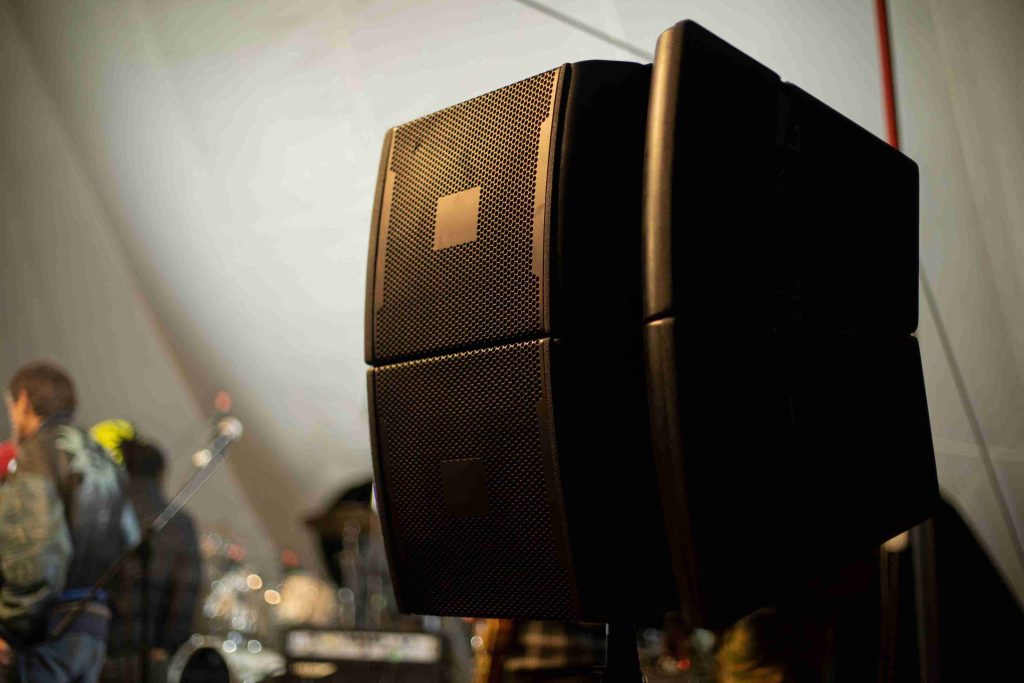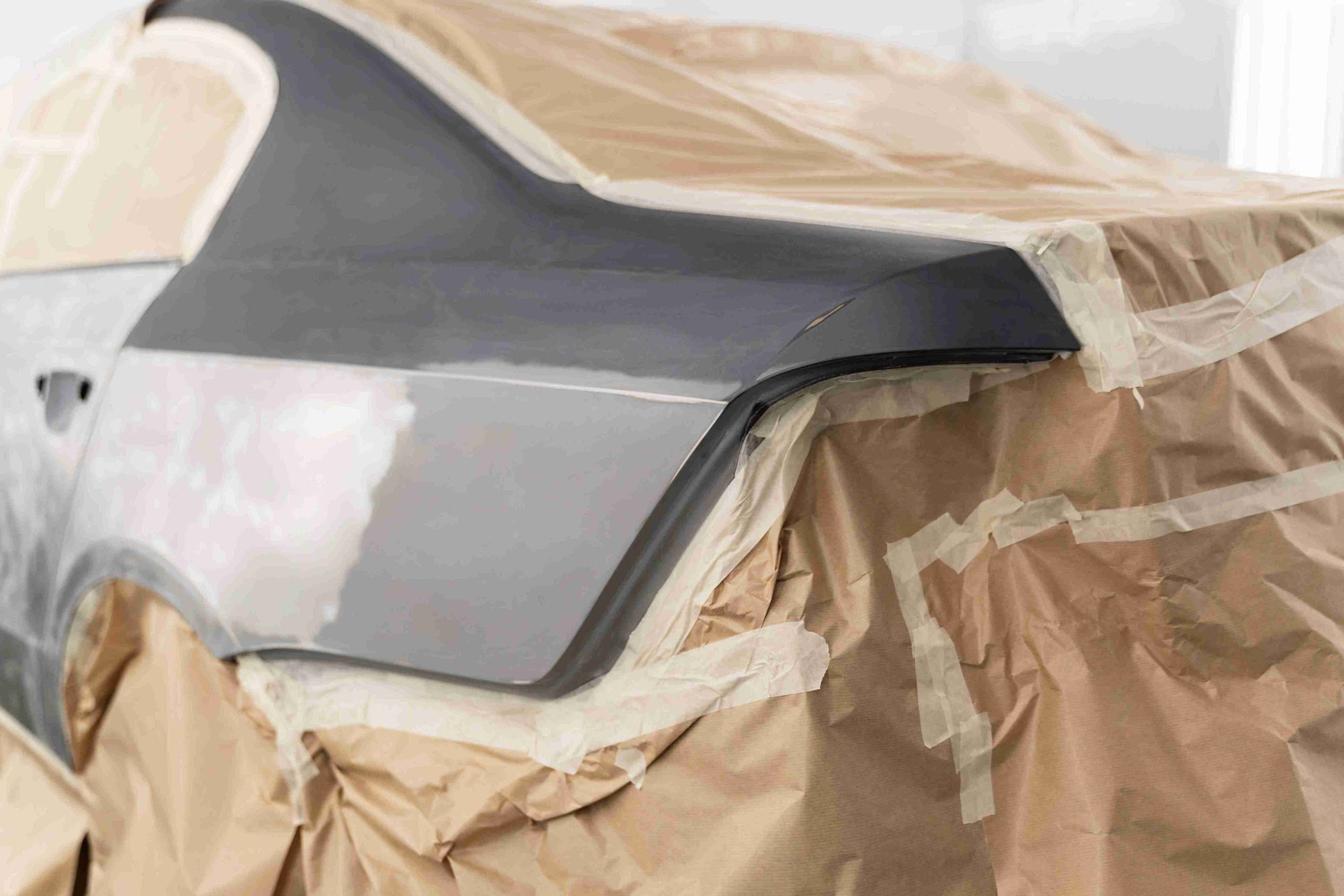Public Address (PA) systems are often taken at face value—loudspeakers projecting clear sound across venues. However, behind their faces is a complex balance of electrical parts that guarantee performance and reliability. With increasing size of event venues and growing demands of high-fidelity audio, it is hardly possible to ignore the necessity of optimized internal components.
One such behind-the-scenes player is the high-voltage connector—a component seldom acknowledged in mainstream discussions but critical to operational stability. While PA speakers dominate center stage, the hidden wiring and connectors in the background often determine how well the show goes on. However, what is the relation between these two different technologies?
The Expanding Role of PA Speakers in Modern Communication:
PA speakers have long been an integral part of environments requiring sound amplification—stadiums, airports, public transport terminals, factories, and educational institutions. Their main purpose is quite straightforward: to play speech or music that can be heard perfectly by a scattered crowd. But the modern PA systems are not simply the loudspeakers with microphones. They now contain amplifiers, mixers and processors and in many cases complicated audio routing configurations.
As the demand for sound clarity, directional control, and resistance to the environment has grown, PA speaker systems have also changed a lot. The innovations that have seen PA systems evolve beyond amplification include line array technology, feedback suppression, digital signal processing, and many others. Such enhancements are especially important to outdoor/high-noise areas where sound quality should be maintained regardless of the unpredictable factors.
However, as the systems become more complicated, they are also more sensitive to internal variations- particularly those that pertain to power distribution. This is where the role of the high-voltage connector becomes essential. These connectors are meant to control and stabilize transmission of power and have a role to play in trustworthiness and effectiveness of PA systems that take hours and travel vast distances.
High-Voltage Connectors: Unsung Heroes in Sound System Engineering
A high-voltage connector is typically engineered for environments where power must be transmitted securely without voltage drops, thermal instability, or electrical interference. When used in heavy-duty audio systems, the connectors are used to guarantee the secure passage of current to signal processors, amplifiers, and in some cases, even speaker arrays.
Consumer-level PA systems might not require such specification, but high-voltage systems are often required in large-scale or professional applications. It could be a concert stage, a convention center or an industrial paging system, the electrical infrastructure load is heavy. In this kind of environment, connectors are not just plugs, they are highly engineered parts designed to operate in extreme temperatures, pressures, and are expected to be used and reused without compromise.

The importance of such connectors extends beyond electrical safety. High-quality connectors reduce the risk of power surges that can damage sensitive audio equipment. They also minimize signal loss, which directly impacts the sound clarity experienced by the audience. In this way, high-voltage connectors are indispensable to preserving the integrity of high-powered PA systems.
Where Electrical Infrastructure Meets Acoustic Design?
The integration of PA speakers with robust electrical infrastructure is a growing focus among system designers. Although a lot of focus is directed towards speaker positioning and acoustic simulation, the importance of wiring and connectivity in the background is beginning to be realised as the means of having a drastic impact on the sound output.
Electrical resistance may lead to the voltage drop in the multi-speaker systems where long distances of cable are needed. This causes less power to reach the speakers and this affects the volume and clarity. To overcome this, engineers have introduced high-voltage transmission together with special connectors that maintain signal strength along distance.
In addition, PA systems are commonly used in harsh conditions outdoor festivals, mining areas, factories where the vibration, humidity, and temperature change may affect the electrical parts. In these situations, high-voltage connectors must be weather-resistant, corrosion-proof, and compliant with industry safety standards. The breakage of one connector in these environments would lead to a total system failure.
The combination of power transmission and acoustical fidelity requires a different sort of consideration of the internal structure of sound systems. The selection of speaker drivers to the connectors that drive them all must be in harmony to give the best output.
Cross-Industry Relevance and the Push for Reliability:
Interestingly, the application of high-voltage connectors is not exclusive to PA systems. The components also find a very wide application in electric vehicles, heavy machinery, medical equipment, and industrial automation. They are used in these industries because of their similar design requirements; high current capacity, mechanical robustness, thermal stability.
This has seen transfer of technology across industries with one industry gaining technological advancements through another.
For example, modular high-voltage connectors originally developed for automotive use are now being adapted for portable or mobile PA speaker systems used in disaster relief and emergency response. They are portable with the units usually driven by battery packs or generators and demand a constant flow of voltage against varying loads. Use of automotive grade connectors will assist in making these systems reliable in the field.
Conclusion:
It is easy to credit PA speakers for the immersive experience they create—whether in a concert hall, a sports arena, or a public square. However, what is right behind the sound and makes it all possible is an elaborate network of engineering. Among the most critical yet underappreciated elements are the high-voltage connectors that power, protect, and stabilize these systems.
Realizing the significance of such connectors, new possibilities of enhancing performance, durability, and safety in audio installations emerge.
With the demands of the public audio systems ever increasing, and the needs of the environment and the operations becoming more complicated, it will become not only useful but required to integrate the advanced connectors and infrastructure into PA systems. In such a networked environment, nothing is too small; and the smallest part can produce the greatest sound.




